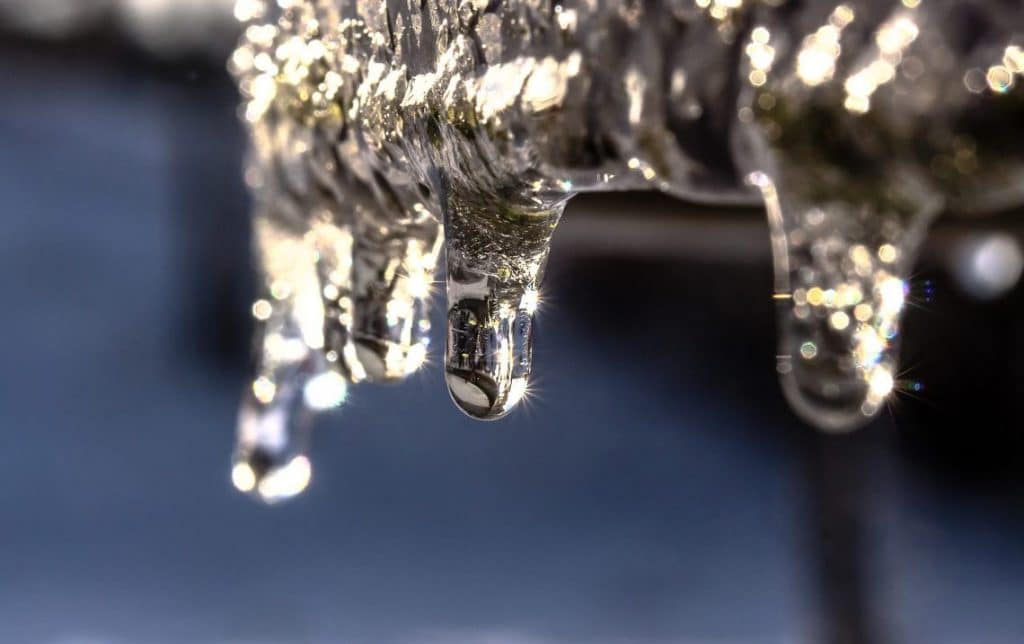Guidance for Avoiding Frozen Plumbing in Winter: Professional Advice
Guidance for Avoiding Frozen Plumbing in Winter: Professional Advice
Blog Article
What are your thoughts concerning Prevent Frozen Pipes ?

Winter can damage your pipes, especially by freezing pipes. Right here's how to avoid it from taking place and what to do if it does.
Introduction
As temperatures decrease, the danger of icy pipelines boosts, possibly causing pricey repairs and water damage. Understanding how to prevent frozen pipelines is crucial for homeowners in cool environments.
Avoidance Tips
Protecting vulnerable pipelines
Cover pipes in insulation sleeves or use warmth tape to safeguard them from freezing temperatures. Concentrate on pipes in unheated or external areas of the home.
Home heating methods
Keep interior spaces appropriately heated up, specifically areas with pipes. Open cupboard doors to permit warm air to distribute around pipes under sinks.
Exactly how to recognize frozen pipelines
Look for reduced water flow from taps, unusual smells or noises from pipelines, and visible frost on subjected pipelines.
Long-Term Solutions
Structural changes
Think about rerouting pipelines away from exterior walls or unheated areas. Add extra insulation to attics, basements, and crawl spaces.
Upgrading insulation
Invest in premium insulation for pipelines, attics, and walls. Proper insulation helps maintain consistent temperatures and lowers the threat of icy pipelines.
Securing Outside Plumbing
Yard pipes and exterior taps
Disconnect and drain pipes yard hose pipes before winter. Set up frost-proof spigots or cover exterior taps with shielded caps.
Understanding Frozen Pipelines
What triggers pipelines to ice up?
Pipes freeze when subjected to temperature levels below 32 ° F (0 ° C) for expanded periods. As water inside the pipes freezes, it broadens, taxing the pipeline wall surfaces and possibly creating them to break.
Threats and problems
Icy pipelines can result in water system interruptions, residential or commercial property damages, and pricey fixings. Burst pipes can flooding homes and create substantial structural damages.
Indications of Frozen Pipeline
Recognizing icy pipes early can stop them from rupturing.
What to Do If Your Pipes Freeze
Immediate actions to take
If you think frozen pipelines, keep faucets available to eliminate stress as the ice thaws. Use a hairdryer or towels soaked in hot water to thaw pipelines slowly.
Verdict
Protecting against icy pipes calls for aggressive actions and quick responses. By recognizing the causes, indicators, and preventive measures, homeowners can secure their plumbing during winter.
6 Proven Ways to Prevent Frozen Pipes and Protect Your Home
Disconnect and Drain Garden Hoses
Before winter arrives, start by disconnecting your garden hoses and draining any remaining water. Close the shut-off valves that supply outdoor hose bibs and leave the outdoor faucet open to allow any residual water to drain. For extra protection, consider using faucet covers throughout the colder months. It’s also important to drain water from any sprinkler supply lines following the manufacturer’s directions.
Insulate Exposed Pipes
Insulating your pipes is an effective way to prevent freezing. Pipe insulation is readily available at home improvement stores and is relatively inexpensive. Pay close attention to pipes in unheated areas such as the attic, basement, crawl spaces, or garage. Apply foam insulation generously to create a buffer against the cold. You can also wrap your pipes in heat tape or thermostat-controlled heat cables for added warmth.
Seal Air Leaks
Inspect your home for any cracks or openings that could let in cold air. Seal any holes around the piping in interior or exterior walls, as well as the sill plates where your home rests on its foundation. Additionally, make sure to keep your garage door closed unless you’re entering or exiting. Leaving it open creates a significant air leak that can lead to frozen pipes.
Allow Warm Air Circulation
During cold snaps, it’s essential to allow warm air to circulate evenly throughout your home. Leave interior doors ajar to promote better airflow. Open kitchen and bathroom cabinets to help distribute heat consistently around the rooms. If you have small children or pets, be sure to remove any household chemicals or potentially harmful cleaners from open cabinets for safety.
Let Faucets Drip
A small trickle of water can make a big difference in preventing ice formation inside your pipes. When temperatures drop significantly, start a drip of water from all faucets served by exposed pipes. This continuous flow helps prevent the water from freezing. Additionally, running a few faucets slightly can relieve pressure inside the pipes, reducing the chances of a rupture if the water inside does freeze.
https://choateshvac.com/6-proven-ways-to-prevent-frozen-pipes-and-protect-your-home/

I discovered that review about How to prepare your home plumbing for winter weather when surfing the web. In case you appreciated our blog posting please consider to pass it around. Thank you for taking the time to read it.
Click Here Report this page